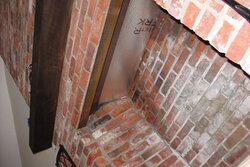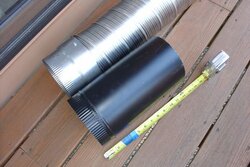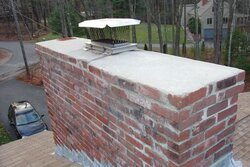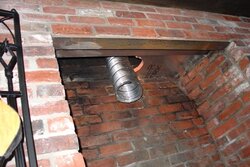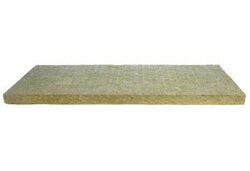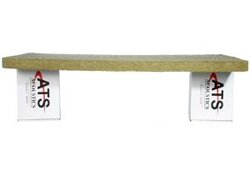So I am putting in my stainless liner for my Jotul Castine. I have a stainless block off plate at the top of the chimney and another 1" insulated block of plate at the top of my fireplace, below the damper. I am hearth mounting my stove. Should I run the stainless liner right through all of this and right into the top of the stove or should I use a piece of black pipe off of the stove? Also, do you have to seal the joints with anything?
Stainless liner right into stove or do you use black pipe too?
- Thread starter cycloxer
- Start date
-
Active since 1995, Hearth.com is THE place on the internet for free information and advice about wood stoves, pellet stoves and other energy saving equipment.
We strive to provide opinions, articles, discussions and history related to Hearth Products and in a more general sense, energy issues.
We promote the EFFICIENT, RESPONSIBLE, CLEAN and SAFE use of all fuels, whether renewable or fossil.


